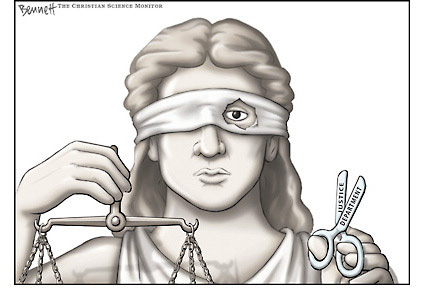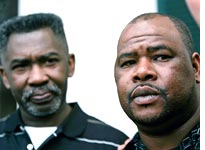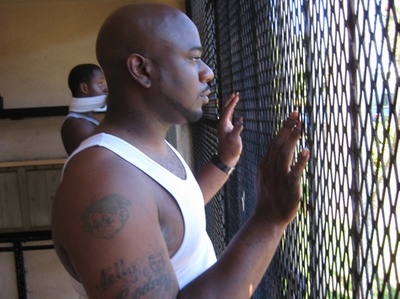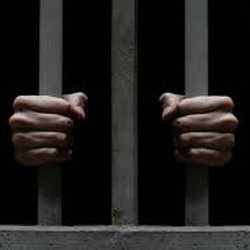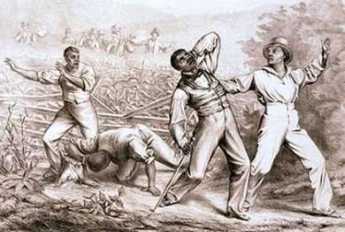http://www.gopetition.com/petitions/help-free-jeffrey-havard.html
PLEASE SIGN AND SHARE
Background (Preamble):
Mr. Havard, accused and convicted of murdering the six-month-old child of his girlfriend and who has been incarcerated on death row at the Mississippi State Prison in Parchman, Mississippi for the past several years.
You will find that this particular case is a classic example of the "good ole boys" injustice that continues to dominate the political structure of Mississippi. The incompetence of the unqualified officials responsible for the young man's death sentence is beyond belief. The coroner in this case was not a medical doctor. His prior employment was that of an ambulance medic and had received only forty hours of training for his elected position.
The pathologist who testified for the state, it was learned, had never been certified. The defense provided for the accused presented no expert testimony, and the actual defense attorney was later indicted on serious illegal drug charges. The circuit court clerk who recorded and published the findings in this case was indicted for stealing funds from the state.
The initial charge for which Mr. Havard was convicted was shaken baby syndrome with an underlying felony of sexual battery. His appeal to the Mississippi Supreme Court resulted in the refutation of all charges excepting the underlying felony, leaving it up to the accused and his defense to explain the 1cm bruise supposedly found on the infant's thigh at the time of autopsy.
The defendant had admitted from the beginning that he had accidentally dropped the child in the process of giving her a bath. In a frantic effort to revive the child, both the defendant and the child's mother attempted vigorous resuscitation. Logic would suggest that either could have been responsible for the 1cm bruise.
I implore you and your associates to thoroughly review Mr. Havard's case. By doing so, I feel certain you will want to employ your influence towards preventing the wrongful death of an intelligent, delightful and innocent young man who has much to offer his family, friends and society.
http://www.mississippi-justice.com/Jeffrey_Havard.html
I ask everyone to write to the governor and let him know that Jeff should be free.
Go to his web site and all the information will be there, facts and documented proof. There is no witness, no physical evidence, no motive other than the attorney for the state wanted to make a name for himself.
Write to:
Governor Haley Barbour
P.O. Box 139
Jackson, Mississippi 39205
1-877-405-0733 or 601-359-3150
Please pass this on to everyone you know that can help. By doing so, I feel certain you will want to employ your influence towards preventing the wrongful death of an intelligent, delightful and innocent young man who has much to offer his family, friends and society.
Or you can email: freejeffreyhavard@gmail.com
The email will be sent.
Visit his web site: http://www.myspace.com/freejeffreyhavard
and under "Friends Comments " leave your information and it will be sent.
You will find that this particular case is a classic example of the "good ole boys" injustice that continues to dominate the political structure of Mississippi. The incompetence of the unqualified officials responsible for the young man's death sentence is beyond belief. The coroner in this case was not a medical doctor. His prior employment was that of an ambulance medic and had received only forty hours of training for his elected position.
The pathologist who testified for the state, it was learned, had never been certified. The defense provided for the accused presented no expert testimony, and the actual defense attorney was later indicted on serious illegal drug charges. The circuit court clerk who recorded and published the findings in this case was indicted for stealing funds from the state.
The initial charge for which Mr. Havard was convicted was shaken baby syndrome with an underlying felony of sexual battery. His appeal to the Mississippi Supreme Court resulted in the refutation of all charges excepting the underlying felony, leaving it up to the accused and his defense to explain the 1cm bruise supposedly found on the infant's thigh at the time of autopsy.
The defendant had admitted from the beginning that he had accidentally dropped the child in the process of giving her a bath. In a frantic effort to revive the child, both the defendant and the child's mother attempted vigorous resuscitation. Logic would suggest that either could have been responsible for the 1cm bruise.
I implore you and your associates to thoroughly review Mr. Havard's case. By doing so, I feel certain you will want to employ your influence towards preventing the wrongful death of an intelligent, delightful and innocent young man who has much to offer his family, friends and society.
http://www.mississippi-justice.com/Jeffrey_Havard.html
I ask everyone to write to the governor and let him know that Jeff should be free.
Go to his web site and all the information will be there, facts and documented proof. There is no witness, no physical evidence, no motive other than the attorney for the state wanted to make a name for himself.
Write to:
Governor Haley Barbour
P.O. Box 139
Jackson, Mississippi 39205
1-877-405-0733 or 601-359-3150
Please pass this on to everyone you know that can help. By doing so, I feel certain you will want to employ your influence towards preventing the wrongful death of an intelligent, delightful and innocent young man who has much to offer his family, friends and society.
Or you can email: freejeffreyhavard@gmail.com
The email will be sent.
Visit his web site: http://www.myspace.com/freejeffreyhavard
and under "Friends Comments " leave your information and it will be sent.



